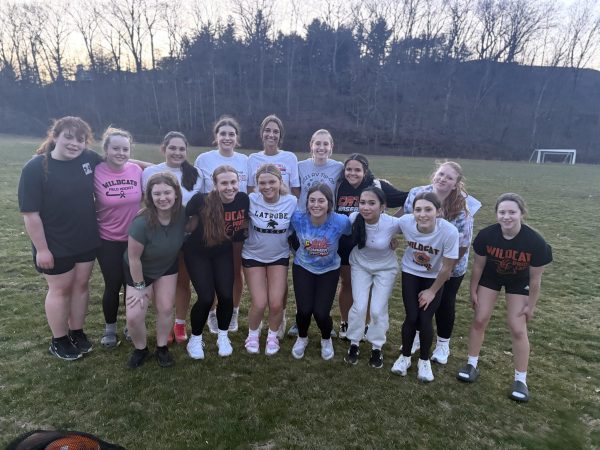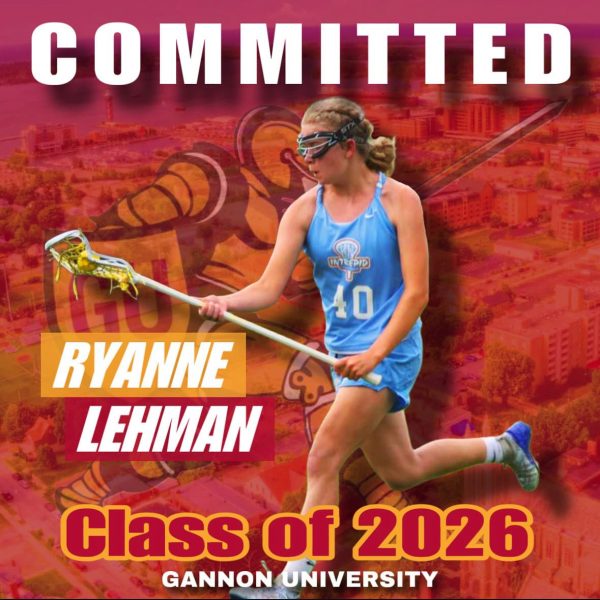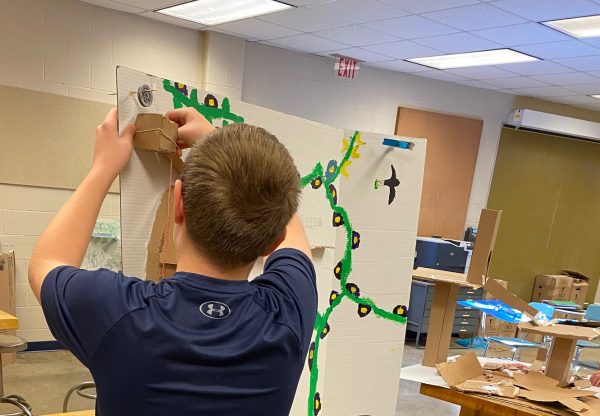Project Based Learning
The real world requires a certain level of training that cannot be achieved in the traditional classroom. Project based learning is a method of teaching used across America that involves extended periods of time spent on specific projects. This method allows for students to make real world connections that they wouldn’t be able to make if they were solely in the traditional classroom. It follows a process that begins with asking a question, researching how to answer that question, finding an answer to that question, then presenting it. Some public schools use project based learning for their entire curriculum.
Last year, Greater Latrobe made the first step in the direction of a project based learning curriculum. Each 11th and 12th grade teacher attended a training session and gained the knowledge they need to introduce this teaching method to their students.
Mr. Jon Mains, who has the been the senior high principal for two years and a visionary for our school, believes project based learning teaches students and teachers the essential skills needed for critical thinking and problem solving. According to Mains, teachers are encouraged to incorporate at least one big project a year, not in addition to their curriculum, but mixed within. Over time, he hopes teachers will learn to incorporate this teaching method more frequently.
Mains plans to take a group of teachers to Tech Valley High School in Albany, New York which is entirely project based learning. He plans to discover whether or not this curriculum would be a good fit for Greater Latrobe.
Some teachers experimented and completed projects in the 2016-2017 school year.
Mr. Reaugh was one of the teachers who completed a project with his students. Last year, students in Mrs Suter’s chemistry classes and Reaugh’s AP Chemistry classes were involved in a project in conjunction with PACE Industries in Latrobe.
He describes the project with PACE Industries by saying, “They use a very strong base compound to clean the dies used for making metal molds. Twice a year they have to neutralize the cleaning solution (called Rust Ripper) in order for it to be safely shipped out for disposal. Their method of neutralization was to add large amounts of concentrated Sulfuric Acid to the tank of Rust Ripper. We were tasked with finding a safer, more efficient way of doing the neutralization. The project consisted of doing some initial research into possible alternative methods of neutralization, development of a procedure/method to test each of the alternative methods, testing of each of the alternative methods, choosing the what was felt as the best alternative method, and finally presenting that method to PACE.”
Reaugh felt as though his students were apprehensive at first, but found the chemistry they learned being used in the real world to be exciting. He truly enjoyed using this method of teaching, and he and Suter have discussed ways to incorporate this project again.
Jasika Shaker is one of the few students who were able to actually present the projects to PACE Industries. She feels as though this project was beneficial because she was able to see how the things she learned in school are used in the real world. Jasika said, “I would like to do something like this again because I felt that it was very helpful in teaching me time management skills. I also saw, for the first time, how the things we learn in school have real world application.”
Mrs. Bryner also embraced the new method of teaching. She describes her experience as successful. She said, “Last year, second semester my Algebra II class designed the space outside of my classroom, S106 to honor the local veterans from the Latrobe area. We called it the Veterans’ Courtyard Project. The students really enjoyed completing the design, and we had two professional Master Gardeners (Dr. Wilma Light, a retired pediatrician from Latrobe and Ms. Petra Parquette from Country Farms) who visited class each Friday to offer experiences and expertise. Mr. Kurt Thomas, our district’s director of buildings and grounds, also visited class and offered suggestions from an architectural perspective.”
Bryner’s students enjoyed this experience as Reaugh’s students did. She found this method to be fun and rewarding and it allowed her to watch her students get excited about a project that they could complete from start to finish.
Mains believes both teachers and students have a positive response to the project based learning curriculum. Students of GLHS are being trained to prepare for the real world, as every high school student should.
The following are images of Mrs. Bryner’s class plans for the project they created last year.
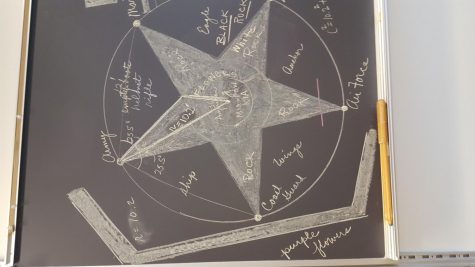
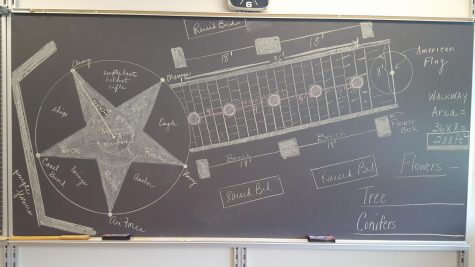
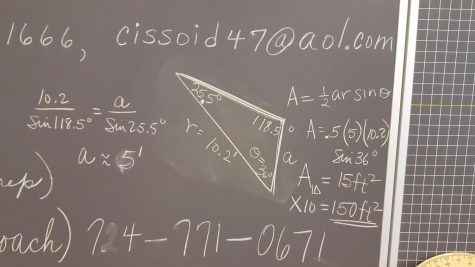
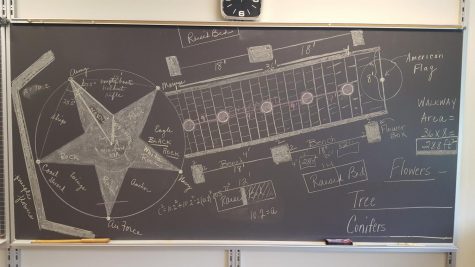
Kasey is a senior at Greater Latrobe who has committed her time and efforts to writing for The High Post. Kasey has a huge, crazy family that she spends...



